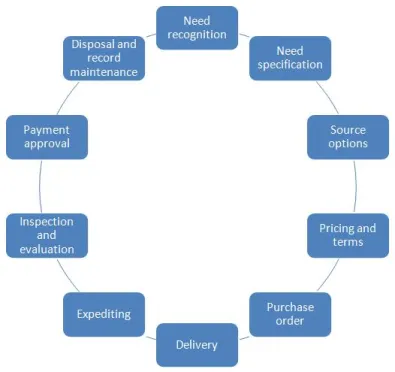Accelerate Your Digital Transformation with Low-Code Automation
- donnariekepro
- Jul 26, 2024
- 3 min read
In today's fast-paced business environment, digital transformation has become a necessity rather than a choice. Companies are increasingly seeking ways to innovate and stay competitive, and low-code automation is emerging as a powerful tool to facilitate this shift. By leveraging low-code platforms, businesses can accelerate their digital transformation efforts, streamline operations, and enhance agility. Here’s how low-code automation can drive your organization’s digital transformation journey.
What is Low-Code Automation?
Low-code automation involves using low-code platforms to create and deploy applications with minimal hand-coding. These platforms provide visual development tools and pre-built components that allow users to design and automate workflows, applications, and processes quickly. The primary advantage of low-code automation is its ability to simplify and expedite the development process, making it accessible to both technical and non-technical users.
1. Speed Up Application Development
One of the most significant benefits of low-code automation is the accelerated application development cycle. Traditional software development can be time-consuming and resource-intensive, often taking months or even years to complete. Low-code platforms, on the other hand, enable rapid development and deployment of applications. By using drag-and-drop interfaces and pre-built modules, businesses can create functional applications in a fraction of the time, allowing them to respond quickly to changing market needs and opportunities.
2. Enhance Business Agility
In a constantly evolving business landscape, agility is crucial for staying ahead of the competition. Low-code automation enhances business agility by enabling rapid changes and updates to applications and processes. With low-code platforms, organizations can quickly adapt their systems to meet new requirements, integrate with other tools, or modify workflows. This flexibility ensures that businesses can pivot swiftly in response to market demands or internal changes, ultimately fostering a more dynamic and responsive organization.
3. Empower Non-Technical Users
Low-code platforms are designed to be user-friendly, allowing individuals with minimal technical expertise to participate in the development process. This democratization of technology empowers business users to create and modify applications that address their specific needs without relying heavily on IT departments. By involving non-technical users in application development, organizations can accelerate the creation of solutions and ensure that the final products align closely with business requirements.
4. Streamline Business Processes
Business process automation is a key component of digital transformation. Low-code automation platforms enable organizations to streamline and optimize their business processes by automating repetitive tasks and workflows. For example, processes such as data entry, approvals, and reporting can be automated, reducing manual effort and minimizing errors. Streamlining these processes not only improves efficiency but also frees up valuable resources that can be redirected towards more strategic initiatives.
5. Improve Integration and Scalability
Modern businesses rely on a multitude of applications and systems to operate efficiently. Low-code automation platforms facilitate seamless integration with existing systems and data sources, enabling organizations to create cohesive and interconnected technology ecosystems. Additionally, low-code solutions are designed to be scalable, accommodating the growing needs of businesses as they expand. This scalability ensures that organizations can continue to leverage their low-code applications and automation solutions as they evolve and grow.
6. Enhance Data Analytics and Insights
Data-driven decision-making is a cornerstone of digital transformation. Low-code automation platforms often include built-in analytics and reporting capabilities, allowing businesses to gain valuable insights into their operations. By automating data collection and analysis, organizations can quickly generate reports, track key performance indicators, and make informed decisions based on real-time data. Enhanced data analytics capabilities contribute to a more strategic approach to business management and decision-making.
Conclusion
Low-code automation is a powerful enabler of digital transformation, offering speed, flexibility, and efficiency. By leveraging low-code platforms, businesses can accelerate application development, enhance agility, empower non-technical users, streamline processes, improve integration, and gain valuable data insights. As organizations navigate their digital transformation journeys, low-code automation stands out as a key tool for driving innovation and achieving sustainable growth. SITES WE SUPPORT
SOCIAL LINKS




Comments